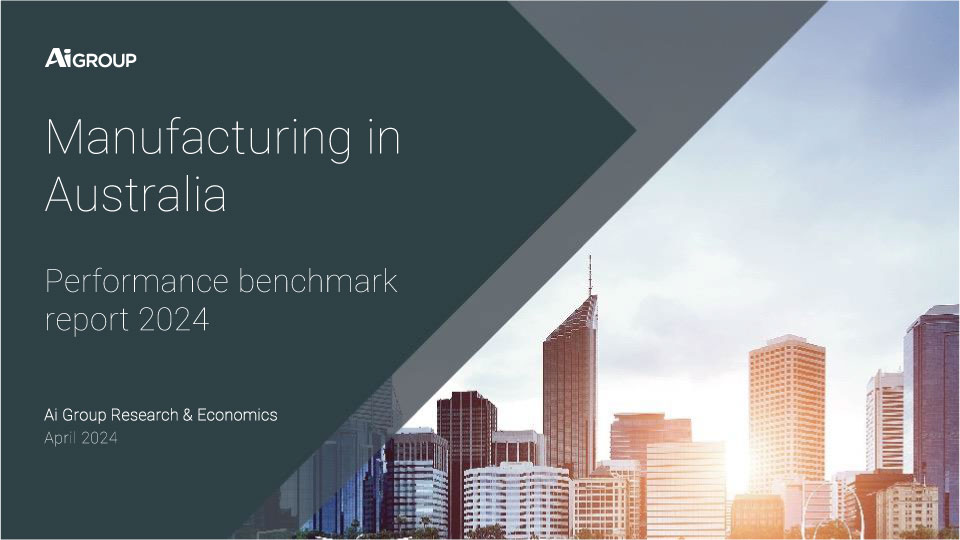After two years of pandemic-induced interruptions, 2022 was a more stable and successful year for Australian business. While Australian business leaders are cautiously optimistic for 2023, they are readying plans to adjust to the challenges expected in the coming year.
Now in its tenth year, Ai Group’s annual Australian CEO Survey provides critical insights into business experiences over the past year, and how business leaders expect the coming year to evolve.
Our 2023 CEO Survey reveals that businesses consolidated the post-pandemic recovery in 2022. Business conditions, turnover, employment and investment all improved as the dislocations of the COVID era gradually abated.
However, business leaders also contended with a new set of ‘supply-side’ challenges, as rampant inflation, chronic labour shortages and supply chain disruptions weighed heavily on performance. Business leaders report declining margins due to these supply-side pressures.
It is a testament to the resilience, flexibility and innovation of Australian business that we successfully navigated the challenges of post-COVID recovery in 2022.
There is, as always, a wide range of views about how 2023 will play out. But our Australian CEO Survey reveals several common themes that Australian business leaders largely agree on.
On balance, employers go into 2023 with cautious optimism. They expect business conditions and performance to improve again on the strong results of 2022. Despite the headwinds facing the Australian economy, business leaders are undertaking ambitious investment plans to adjust to the new market realities of the post-pandemic era.
However, they also identify three challenges which will define their priorities in 2023:
CEOs are deploying these strategies to fortify their businesses in the face of the challenges expected in 2023. In an environment of skills and labour shortages, investment in broader workforce strategies, reaching beyond human resource strategies to operational changes is a necessary response.
They will also help future-proof Australian business, and the national economy, for the major global economic uncertainty and challenges of the mid-2020s.
These strategies and investment priorities are critical for Australia to achieving the economic resilience needed for prosperity in a time of global economic uncertainty.
Innes Willox
Chief Executive, Australian Industry Group

